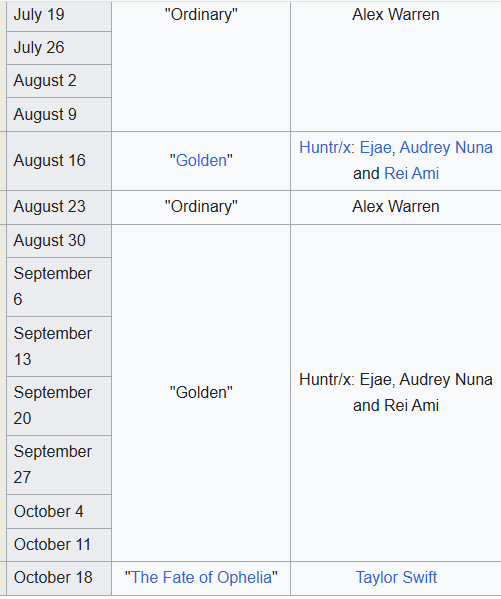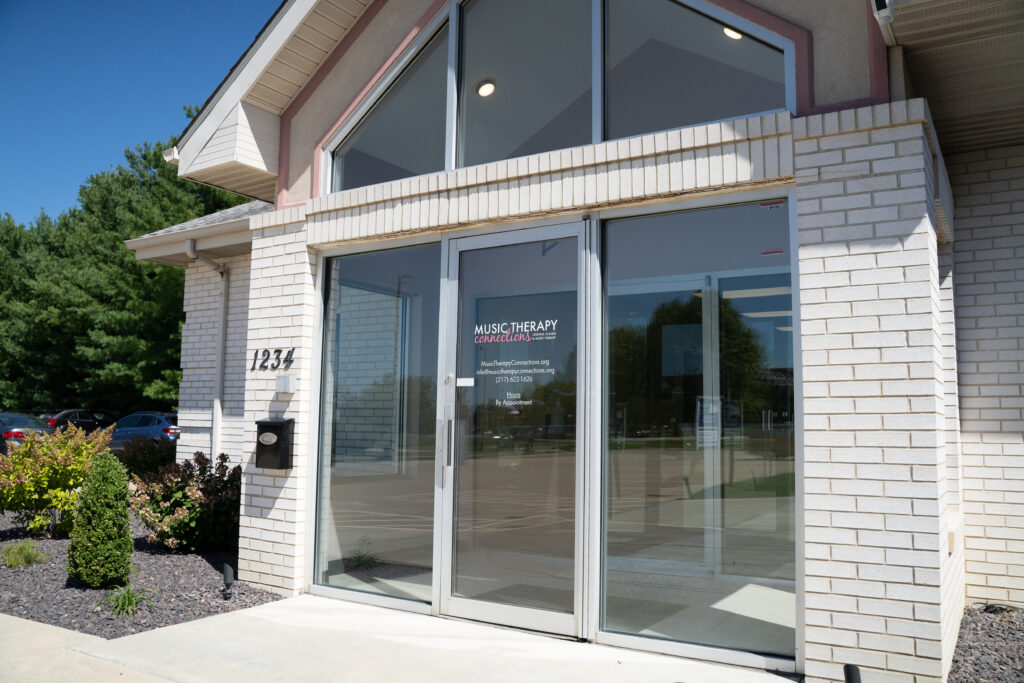
After writing my last few blog posts, I started to think about the impact of the music we prefer in our youth and young adulthood. One of the things I remember learning in college is that when you are going to a nursing home and working in memory care, use the music that would have been popular when these clients were teens to their late twenties. It made me wonder if we are attached to music from our adolescence and young adulthood. I know a lot of adults who still listen to the music from the 80’s because they say it was the best music to be made. I also know that musical memory is one of the last things to go, so we use that quite often in our practice. Those two ideas led me to my assumption: we are attached to and prefer music from our adolescence because it’s tied to our identity and memories. I decided to try and find some research literature on this idea.
My reasoning
It is during this time in our lives that we start to form our identities. I think of Junior high, High school, and early adulthood as the time that we figure out who we are, what our values are, our likes and dislikes, our beliefs, how we see the world and others, and our role in relationships and the workforce. So it makes sense that the music that we listen to at that time would be tied to that identity of ourselves that we build. Identity is also influenced by the people we are around, such as our friends and family, as well as our environment.
My other reason for why we may be attached to and prefer music from that time is because of memories. There are so many milestones we go through during that time in our lives, which means there are so many memories of big events and music then tied to those events. A song that played during your first kiss, graduation, or your wedding.
Research on music preferences
I read a research article by Bonneville-Roussy, Rentfrow, Xu, & Potter (2013) that collected data on musical engagement and preferences. For the purpose of this blog, I am going to focus on the preferences data.
Method
In the study 254,825 participants between the ages of 12 and 65 filled out an online questionnaire. Each age had at least 164 participants. Music preferences were assessed by using a test called the STOMP-R or Short Test of Music Preferences. Participants used a 7-point Likert scale to express how much they liked each genre. Another test used was the ten-Item Personality Inventory (TIPI) was used to assess the Big Five domains of personality: openness, conscientiousness, extraversion, agreeableness, and neuroticism.
Music genres were assessed and categorized by MUSIC, the groupings being mellow, unpretentious, sophisticated, intense, and contemporary.
Results
The scores of how much they liked the music genres were then compared to their ages and their results in the Big Five personality domains. Preferences for music categorized as mellow, unpretentious, and sophisticated increased as age increased, while preference for music categorized as intense and contemporary decreased as age increased. There was also a relation between the five domains and the scores. Participants who showed higher levels of openness rated mellow, sophisticated, and intense music genres higher. Those with higher levels of agreeableness rated unpretentious music genres higher. High extraversion led to higher ratings of unpretentious and contemporary music. Lastly, higher conscientiousness led to higher ratings of unpretentious music genres but lower ratings of intense music genres.
What does this mean
The results indicate that our music preferences seem to correlate with our personality, an integral part of our identity. It is also worth noting that categories like mellow and contemporary are most popular during young adulthood, a time of forming close relationships, and unpretentious and sophisticated music is most popular in adulthood when family and career are the focus. This means that our preferences may also be in relation to our stage in life. Our big five domains grow and change as we grow and change. Neuroticism is higher during adolescence, and agreeableness and conscientiousness are low but they don’t necessarily stay that way.
So why do we use music from their youth and young adulthood with memory care patients? The answer is a phenomenon called the reminiscence bump.
Research on music and the reminiscence bump
The reminiscence bump is the “disproportionate recall of memories from between the ages of 10 to 30 years in comparison with other lifetime periods”. We know that music is tied to memory and that music memory is one of the last forms of memory to go. The article by Jakubowski, Eerola, Tillmann, Perrin, & Heine (2020) studied reminiscence bumps in music-related memories.
Methods
There were 470 participants between the ages of 18 to 82. These participants were shown the titles and artists of 111 popular songs that spanned from 1950 to 2015. Popular songs were decided by picking songs that topped the charts during these years. Participants then rated how familiar they were with the song, how much they liked it, and the “degree to which they had autobiographical memories associated with each song”.
Results
The respondents were split into four groups based on their age, with a similar number of participants in each group. All four of the groups showed a reminiscence bump for songs that appeared in the charts when the participants were between the ages of 5 and 14. For 42 to 55-year-olds, that age extended to 19. For participants 56 and up the age extended to 24. When looking at the data, the highest point of the reminiscence bump was between 15 to 19 for the two older groups and 10 to 14 for the younger two groups. The songs rated highest in familiarity were from when the participants were 10 to 19. While most respondents showed higher scores of liking the music from their reminiscence bump, the youngest group showed higher ratings for music of their parents’ reminiscence bump.
Most liked music decade
18-29- 1976-1985
30-41- 1981-1985
42-55- 1976-1985
55+- 1961-1965
What this means
We recall memories from our reminiscence bump better than memories from other points in our lives. This carries over to music too. The music we listen to during those ages is important in recalling memories of that time. Our preferences for music do not always match the popular music of that time.
Take away
I was correct about memory and identity being tied to music, but I was off about our preferences.
We don’t reach the age of thirty and just stop listening to new music. Like everything else in our lives, our preferences continue to grow and change. Just because you listened to scene music when you were a teen does not mean that is the music you listen to for the rest of your life, for better or worse. This isn’t to say that you won’t still enjoy it, but that your brain is not locked into only liking music from when you were fourteen.
Something that surprised me
As for those adults that I know who are still obsessed with 80’s music from their teens, the study showed that people of all ages ranked music from the 70’s and 80’s higher in their liking.
GraceAnne
My sources
Bonneville-Roussy, A., Rentfrow, P. J., Xu, M. K., & Potter, J. (2013). Music through the ages: Trends in musical engagement and preferences from adolescence through middle adulthood. Journal of Personality and Social Psychology, 105(4), 703–717. https://doi.org/10.1037/a0033770
Jakubowski, K., Eerola, T., Tillmann, B., Perrin, F., & Heine, L. (2020). A Cross-Sectional Study of Reminiscence Bumps for Music-Related Memories in Adulthood. Music & Science, 3. https://doi.org/10.1177/2059204320965058 (Original work published 2020)

